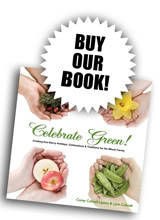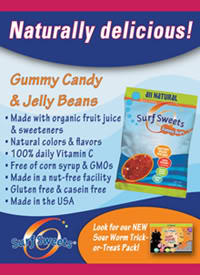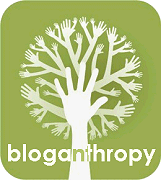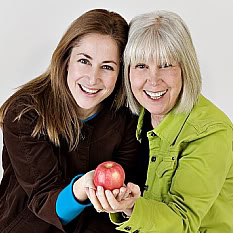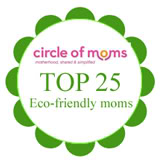Celebrate Green! Valentine’s Day part 3: Flowers
by Corey
After 10 years of marriage my husband has finally learned:
a) To bring me flowers on Valentine’s Day (and other special and not-necessarily special days of the year)
b) That I’m not a fan of carnations and baby’s breath (unless we’re talking the actual breath of a baby - there’s absolutely nothing sweeter)
And
c) That flowers on V-Day may be a must-have, but non-toxic, ethically sourced stems are a must, must have (the second “must” in italics trumps the first, in case that wasn’t clear).
But on occasion, point “C” has caused some problems.
Understandably so.
Even for my hubby, who has his very own signed and dog-eared copy of our book, Celebrate Green! and who, I’m quite sure, can recite each and every word word by heart (okay, I’m dreaming), the issue of how to know whether or not flowers are safe and ethical is a complicated one. I have to admit, sometimes I’m not entirely sure.
It’s kind of like the wine debate (stay tuned for a V-day article on this) that’s made all the more muddy by official sounding certifications and cool-looking logos which in the end, may be -gasp - little more than an attempt to sell more flowers that are, in reality, no different than the flowers protruding from the pot next to them, sans certification and logo but which just happen to cost twenty dollars and eleven cents less.
Wait, what’s wrong with low cost flowers, you say?
*Sigh* Too much. Way too much, dear reader…
First off, most of the billions of dollars worth of flowers sold in the US come from outside of the US (approx 60% from Columbia). Considering the impact of transportation alone, this is makes conventional flowers decidedly un-green. But that’s just the tip of the troublesome iceberg. These flowers, as beautiful as they are, are a heavily sprayed crop. And spraying toxic chemicals impacts floral workers, not to mention the soil and water surrounding growing sites.
GreenMuze.com summed it up with one of their great articles addressing the issue:
Flowers are one of the top pesticide-intensive agricultural crops. The Green Book estimates if all the roses purchased for Valentine’s Day in the USA were organically grown, it would prevent the use of 22,700 pounds of pesticides. A joint report between US Labor Education in the Americans and the International Labor Rights Fund found flower companies in Ecuador use more than 30 different chemicals, in addition to fertilizers, in the production of their cut flowers. The report also indicated flower workers experience higher-than-average rates of premature births, congenital malformations and miscarriages. This is in addition to inordinately high incidents of headaches, asthma attacks, frequent colds, vomiting and weight loss. In some areas more than 50% of flower workers have symptoms of pesticide poisoning.
In every area where industrial flower growing takes place, the environmental impact is evidenced through loss of animal and plant species, water resources running out and high levels of deadly chemicals leaching into local water and the surrounding land. In addition to worker’s health concerns and the environmental impact of purchasing non-organic flowers, greenhouse gases produced from the transportation of cut flowers need to be taken into consideration as part of the environmental costs of purchasing flowers for Valentine’s Day. UPS, a North American courier and freight company, shipped more than 14.8 million stems of fresh cut flowers to North America from various South American countries in 2005. From Kenya to Holland to Columbia, the flower industry is having deadly repercussions for the environment.
Not such a pretty picture, eh?
So what’s a concerned-citizen to do when she still loves flowers and would be very, very sad if her hubby-who-sincerely-wants-to-make-his-wife-happy-but-is-confused-by-the-whole-issue came home without any stems at all?
Read my blog/lips:
- Buy organic & Fair Trade cut flowers
- Buy (or grow) organic flowers/plants
- Pick you own (wild)
- Or make paper flowers out of old magazines
- Or have a tree planted
If these are not options?
Look for the following certifications which are not perfect, but better than the alternative:
- Rainforest Alliance Certified
- VeriFlora Certified
Or check out this extensive list of additional labels to find out more…

